Treating Bunions Without Surgery: Easier Than You Think
Do you suffer from bunion pain? Have you been told that surgery was your only option for relief? If so, then we may have some good news for you: a podiatrist in Portland believes gentler, simpler options may be available.
Dr. Ray McClanahan is a leader in "conservative foot care" treatments and believes that most foot ailments can be prevented and/or treated be restoring natural function (i.e., barefoot-like movement). He is also the inventor of Correct Toes—simple, over-the-counter toe spacers that may help treat a multitude of foot problems.
Bear in mind that Dr. McClanahan's reasearch, and what you are about to read, challenges beliefs held by most traditional podiatrists.
What is a Bunion?
Bunions are among the most common and most painful foot ailments out there. Also known by the medical name hallux abductovalgus, a bunion occurs when your big toe points toward your second toe, causing a bump or prominence to develop on the inside edge of your big toe and first metatarsal bone. Symptoms include redness in the affected area, bursitis, blistering and/or callus formation over the bunion and nerve damage that may include numbness and/or sharp pain. If left untreated, the pain can also spread to nearby joints. Bunions affect women far more often than men, and that may not be a coincidence, according to McClanahan.
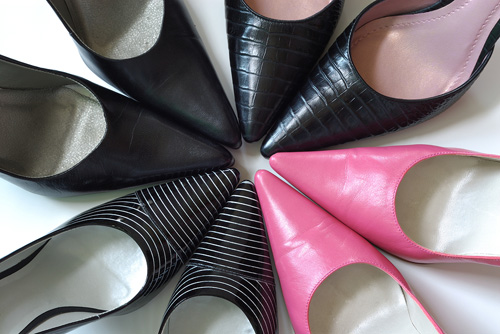
Who has toes shaped like this?
What Causes Bunions?
While many factors may increase your chances of developing bunions, including arthritis, limb length inequalities and genetics, McClanahan believes conventional shoes that make women's feet look small and pointy may be the prime culprit. Fashionable women's shoes (and some men's shoes) tend to have tapered toe boxes, which push big toes inward. Raised heels and arch supports, also popular among conventional shoes, may also contribute to the development of bunions. Wearing these kinds of shoes for many years can lead to deformity in the feet, in which the big toe literally stays bent growing toward the second toe. When this happens, the point where the bunion occurs continues to protrude further. Think of it like a playground see-saw: when one end goes up, the other goes down. In the same way, when the upper bones of your big toe are pushed in, the lower bones are pushed out.
In cultures of people who routinely go barefoot, toes are usually the widest part of feet and bunions are extremely rare. In our western culture, however, the ball of the foot is commonly the widest point and bunions, located right at that spot, are quite common.
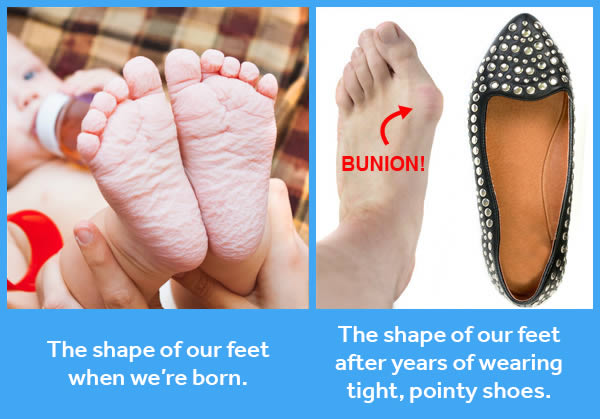
Treatment Options
A conventional treatment for a bunion is a bunionectomy, or surgery that removes part of the bulging metatarsal bone and forcibly realigns the joints. This surgery is often followed with prescriptions for orthotic arch supports and highly cushioned shoes that keep feet confined in unnatural positions. While this may result in some pain relief, proponents of natural foot movement argue that the surgery does not confront the source of the issue and may be an extreme solution when other, less invasive options may be available. It is worth noting that bunions can still return after surgery, especially if the conditions that caused them in the first place have not changed.
Natural Bunion Treatment
McClanahan practices an alternative way to treat bunion patients with less invasive measures, essentially by gently restoring the natural shape and function of the foot. It's really quite simple:
- With the use of bunion splints or toe spacers (such as Correct Toes—McClanahan's own invention) toes can be gradually restored to a more natural position, thereby undoing the motion that pushes the bunion out. In other words, as your toes spread out, the bunion starts to recede.
- Simple massage and range of motion exercises, like the one shown in the video below, can be very effective in relaxing and "retraining" foot muscles to move toes in their natural direction.
- Wearing footwear that encourages natural movement is strongly recommended to reverse, rather than encourage, the damage.
Remember to be patient with natural bunion treatment. It likely took decades for your bunion to develop and that change will not be reversed overnight. While some people may notice relief from pain right away, it could take weeks or even months to see the difference.
Bunion-Fighting Footwear
So what kind of shoes should you look for? McClahahan recommends finding shoes with the following features:
- Wide toe boxes that allow your feet to spread.
- Little or no arch support.
- Little or no elevated heels.
- Overall lightweight and flexible design.
Fortunately, many shoe manufacturers have begun making minimalist shoes that meet these criteria, including... [ahem]... Softstar Shoes! Every one of our shoes are designed to keep your feet as barefoot as possible with wide toe boxes and thin, flexible soles. We are proud to say we have a wide selection of fashionable women's shoes to keep your feet moving naturally... all made by hand in Oregon, USA:
-
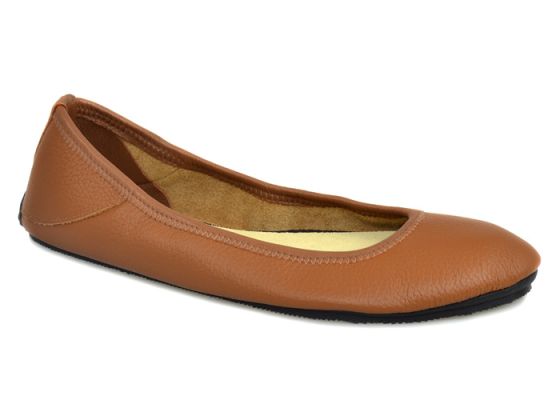
Adult Ballerine Flat
$175.00 -
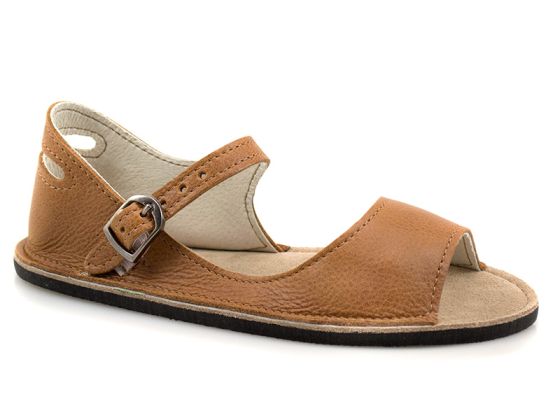
Adult Solstice Sandal
$130.00 -
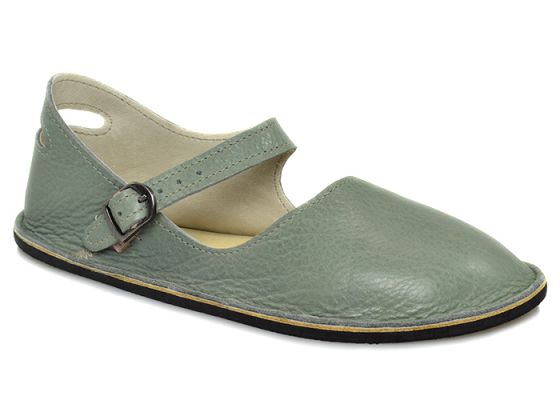 Sale
Sale Adult Merry Jane
$130.00 $100.00
Who says stylish shoes have to hurt your feet?
Furthermore, Dr. McClanahan himself helped us test and develop our Primal sole shape. Shoes made with this sole shape, such as our Primal RunAmoc and Primal Sawyer, feature an extra-wide toe box to allow a natural and healthy toe splay:
-
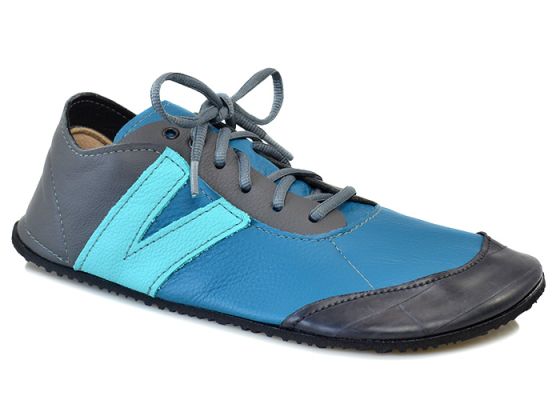
Adult PRIMAL RunAmoc
$185.00 -
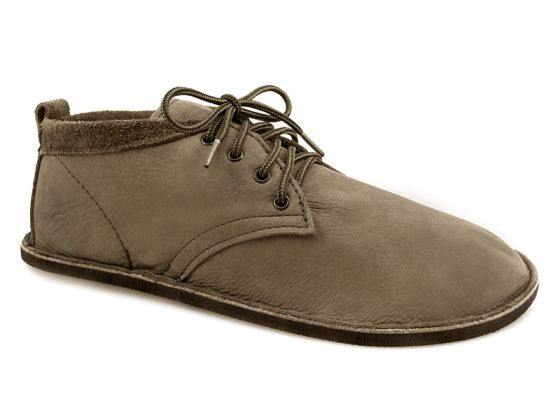 Adult Primal Sawyer $145.00
Adult Primal Sawyer $145.00 -
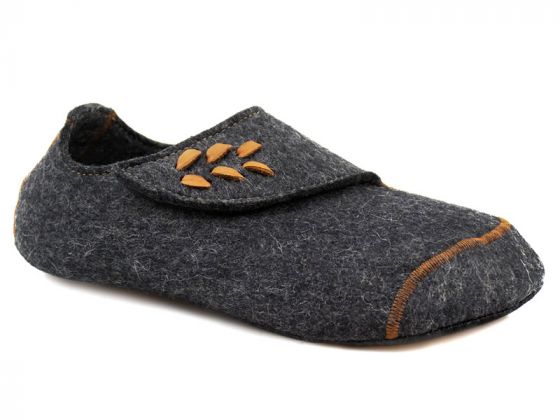 Adult Merino Zen Moccasin $130.00
Adult Merino Zen Moccasin $130.00
Shoes featuring Primal sole shapes.
We hear from many happy customers who have worn our shoes to help reverse bunion pain and find relief. Please remember that we are shoemakers, not doctors, so we can't make any medical claims about our footwear and we don't prescribe our shoes for any treatment routine—nor do we guarantee any results. That being said, we have heard several customer success stories and we hope you'll consider this natural method if you're trying to recover from bunion pain.
The earlier a bunion is treated, the more likely it can be relieved. McClanahan also warns that the longer feet are deformed by tapered shoes, the less effective treatment will be. In severe cases, surgery may end up being the only option. It is worth noting, however, that many traditional podiatrists shun the idea of treating and curing foot pain by restoring natural movement simply because these methods are relatively new and challenge traditional thinking. Some podiatrists who now support this newer view have told us they were taught in school to only treat bunions with surgery and, after decades of reinforcing this idea, simply found it inconceivable to accept other possibilities. If you are interested in seeking alternative treatment or getting another opinion based on natural foot function, then you may have to do your work finding a podiatrist who supports this view.
For more information about Dr. Ray McClanahan and his practice, visit the Northwest Foot and Ankle Website. We also recommend these articles:
- "The Hereditary Bunion Myth" by Dr. Ray McClanahan
- "Bunions and Hammertoes" by Dr. Ray McClanahan
- "Bunion Causes and Symptoms" by Dr. Ray McClahahan
Watch this video to see Dr. McClanahan explain bunion causes and treatment options in more detail:
Disclaimer: we are excited to share the information above, which conveys the research done by Dr. McClanahan at NW Foot and Ankle. This article reflects the stories we've heard from many customers who have successfully treated bunions without sugery and also supports our philosophy of minimal shoe design that encourages natural foot function, but please keep in mind that we are shoemakers and not doctors. As such, we cannot answer questions about an individual's foot pain or prescribe medical advice. We recommend contacting NW Foot and Ankle directly regarding any medical inquiries.

Martin is a lifelong runner who began wearing minimalist shoes over 10 years ago when he found they alleviated his chronic foot pain, which eventually disappeared completely. He further studied proper running form through a series of workshops taught by Correct Toes inventor, Dr. Ray McClanahan DPM. Martin has collaborated with several health care professionals to collect and share peer-reviewed studies that show the benefits of minimalist footwear. In his personal life, Martin loves living in the Pacific Northwest because it allows him to enjoy a variety of outdoor activities year-round, including hiking, cycling, rock climbing, surfing and snowboarding.

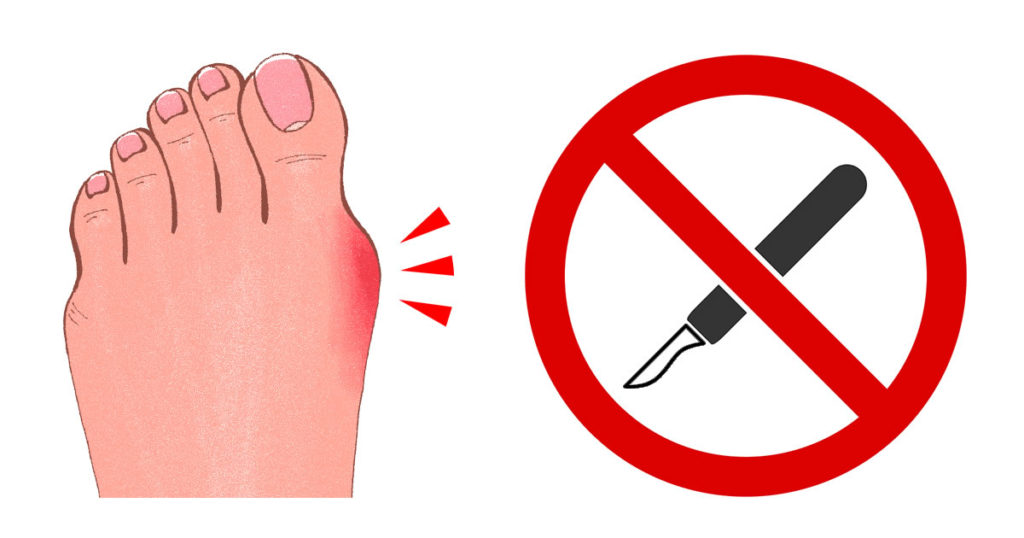


Even before reading this, I had already made and came to this conclusion... Because of foot binding... I learned about it in school, and I saw how these women had their foot shaped to the ridiculous shoes their husbands and basically society made them wear... It was awful!! But their foot without the shoe on still had the shoe shape...
So it makes sense that shoes in fact CAN deform ones foot....
However, if you are truly trying to help put others in this regard... My question is, why on earth are your prices sooo ridiculously high?
Your cheapest price on flats are 120??? Are you serious??? At 80 I'd still think it be a high price, but I'd be willing to pay just to try them.... But 120??? And that's the lowest??? That's insane!! As if they had real gems or gold in them??
Your intentions are good, and smart, but in the end it's more of a rip off to people more than a "help".
I guess I just want to say that not all bunions are caused by footwear and so can't be cured by footwear.
My 8 year old daughter has started to form bunions on her feet. It's at the very early stages. She is seeing a podiatrist who has recommended orthotics. I am wondering if the correct toes are appropriate for her age and what shoes you would recommend for that age. She usually wears sneakers and I try buy New Balance as I hear it's one of the wider fitting sneakers. I'd be happy to hear any other suggestions.
Thanks
I sought info on my bunion and found solutions and basic understanding also for my Norton's Neuroma and how to help fix both.
Moreover, he gives me hope he could address my sons' more challenging foot conditions.
He gently and clearly explains things that some would leave obscure. I admire such generous helpful advice.